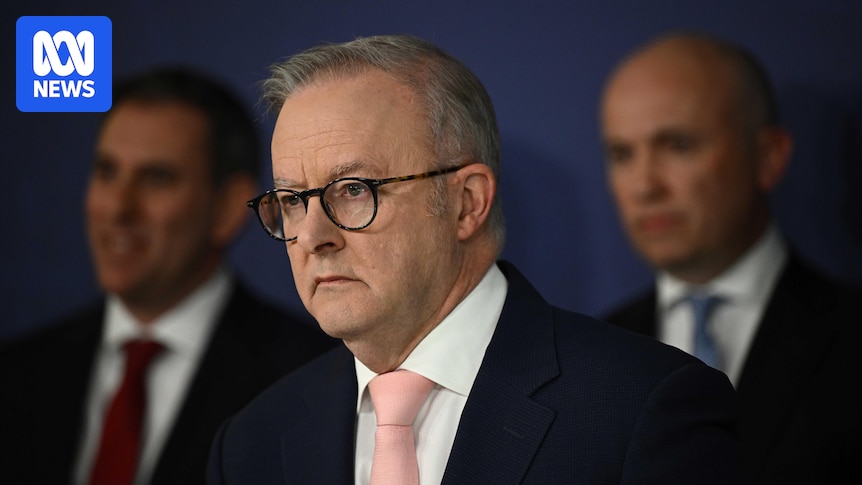Australia’s Prime Minister Anthony Albanese announced a commitment to reduce emissions by 62-70% by 2035, aligning with global aims for net-zero emissions by 2050. This decision was based on scientific advice from the Climate Change Agency, emphasizing the importance of environmental protection and economic growth.
Treasurer Jim Chalmers cited financial models indicating that achieving the 65% target might lead to higher wages and economic growth, as opposed to a disorganized transition. Since 2005, emissions have decreased by about 27%, and previous predictions suggested a 51% reduction by 2035.
To support these targets, Albanese secured $2 billion for clean energy finance and $5 billion for decarbonization efforts under the National Reconstruction Fund. Achieving the new targets requires significant increases in renewable energy capacity and stricter regulations on emissions.
While some businesses welcome the targets, climate groups expressed disappointment, calling for a more ambitious goal of at least 70%. The government is set to present this commitment at an upcoming UN conference, but there are concerns from various stakeholders about the feasibility of these targets and the potential economic impacts.
Source link


